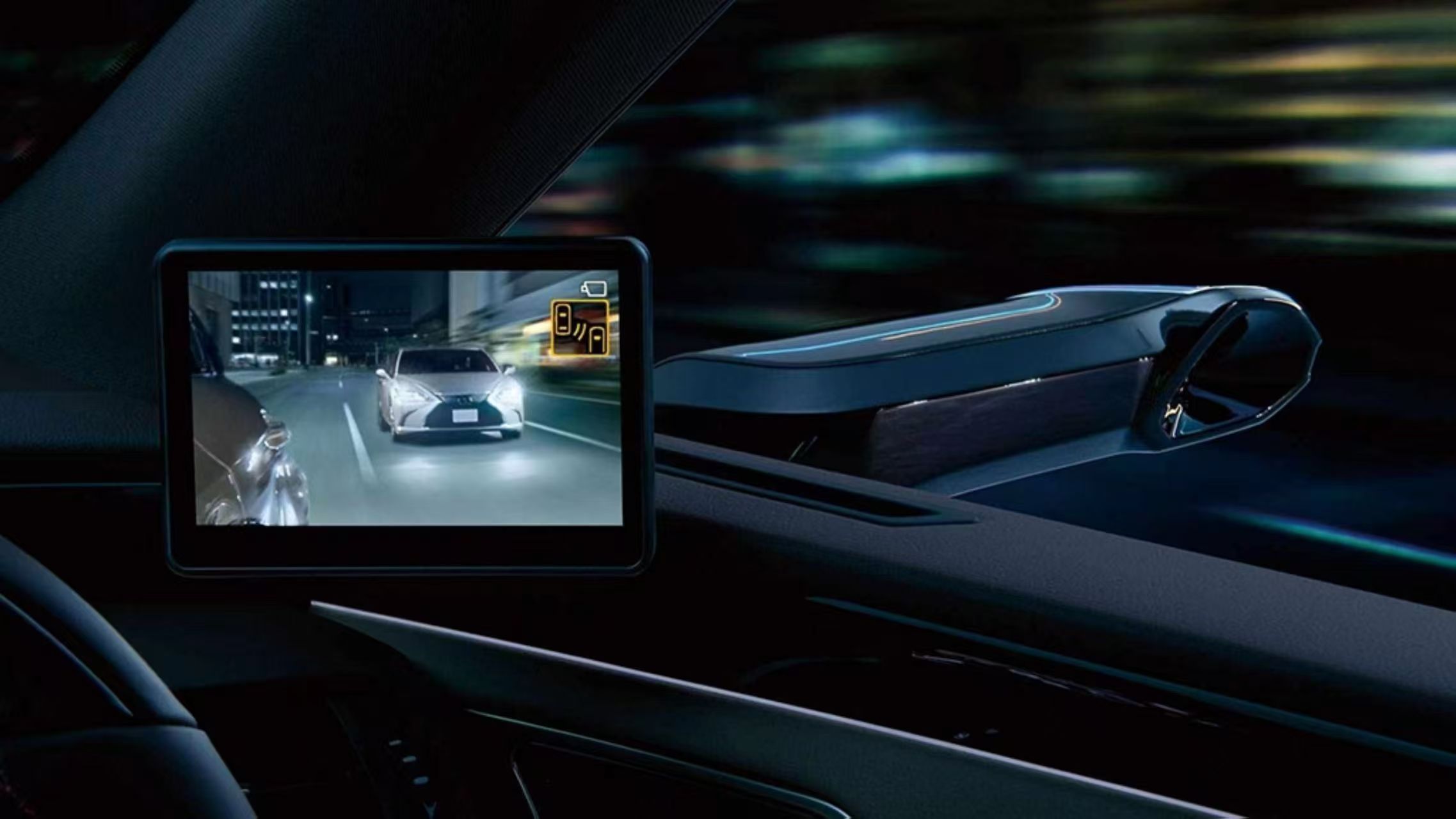
Introduction to vehicle monitoring system
The vehicle monitoring system is a software that uses the combination of terminal data collection technology, mobile communication technology and Internet technology to feed back data such as the location and status of the vehicle to the vehicle management personnel. The vehicle monitoring system can perform operations such as positioning, tracking, trajectory viewing, monitoring, monitoring, etc., and can export related information such as data as a historical basis for vehicle driving, helping vehicle dispatch managers to control the vehicle’s on-the-go information and improve the vehicle Management efficiency.
There are two types of vehicle monitoring systems, one is GPS vehicle monitoring system, and the other is mobile phone positioning vehicle monitoring system.
GPS vehicle monitoring system The vehicle monitoring system composed of GIS and GPS technology can be divided into three functional modules, namely: vehicle terminal module, mobile communication system and monitoring center. The vehicle-mounted terminal calculates positioning data and status data through the satellite signal received by the GPS receiver. After calculation and packaging processing, the data information is sent back to the central information gateway through the wireless communication network, and the central information gateway receives the positioning from the vehicle-mounted unit back to the center. And status data, determine the data type, and send the GPS positioning data, status data, service request, etc., to the corresponding monitoring client according to the unit of the vehicle in the central service system. The monitoring client software is based on the uploaded vehicle ePs positioning signal With the support of the geographic information system and the electronic map matching technology, the longitude and latitude coordinates of the vehicle can be displayed on the map in real time, thereby realizing the real-time monitoring and management of the vehicle.
The mobile phone positioning vehicle monitoring system uses the driver's mobile phone to implement vehicle monitoring based on the base station positioning of the mobile operating network. Base station positioning mainly uses the measurement of the distance between the base station and the mobile phone to determine the location of the mobile phone, also known as the LBS base station positioning method. Its accuracy largely depends on the distribution of base stations and the size of the coverage area. The error in the urban area is about 50M-200M, and the error in the suburbs can sometimes reach 1 to 2 kilometers. The positioning accuracy can meet the needs of the logistics industry. It is widely used in the management of freight vehicles in the logistics industry. For example, the Luge Guanchebao vehicle monitoring system can lock the location of the mobile phone by registering the driver’s mobile phone number and having a signal when it is turned on, and the data is fed back to the electronics of the monitoring center. On the map, logistics dispatchers can monitor freight vehicles in transit. Compared with the GPS positioning system, it does not need to install GPS and other equipment, reducing expenses, it is very popular with logistics enterprise managers.
There are two types of vehicle monitoring systems, one is GPS vehicle monitoring system, and the other is mobile phone positioning vehicle monitoring system.
GPS vehicle monitoring system The vehicle monitoring system composed of GIS and GPS technology can be divided into three functional modules, namely: vehicle terminal module, mobile communication system and monitoring center. The vehicle-mounted terminal calculates positioning data and status data through the satellite signal received by the GPS receiver. After calculation and packaging processing, the data information is sent back to the central information gateway through the wireless communication network, and the central information gateway receives the positioning from the vehicle-mounted unit back to the center. And status data, determine the data type, and send the GPS positioning data, status data, service request, etc., to the corresponding monitoring client according to the unit of the vehicle in the central service system. The monitoring client software is based on the uploaded vehicle ePs positioning signal With the support of the geographic information system and the electronic map matching technology, the longitude and latitude coordinates of the vehicle can be displayed on the map in real time, thereby realizing the real-time monitoring and management of the vehicle.
The mobile phone positioning vehicle monitoring system uses the driver's mobile phone to implement vehicle monitoring based on the base station positioning of the mobile operating network. Base station positioning mainly uses the measurement of the distance between the base station and the mobile phone to determine the location of the mobile phone, also known as the LBS base station positioning method. Its accuracy largely depends on the distribution of base stations and the size of the coverage area. The error in the urban area is about 50M-200M, and the error in the suburbs can sometimes reach 1 to 2 kilometers. The positioning accuracy can meet the needs of the logistics industry. It is widely used in the management of freight vehicles in the logistics industry. For example, the Luge Guanchebao vehicle monitoring system can lock the location of the mobile phone by registering the driver’s mobile phone number and having a signal when it is turned on, and the data is fed back to the electronics of the monitoring center. On the map, logistics dispatchers can monitor freight vehicles in transit. Compared with the GPS positioning system, it does not need to install GPS and other equipment, reducing expenses, it is very popular with logistics enterprise managers.




